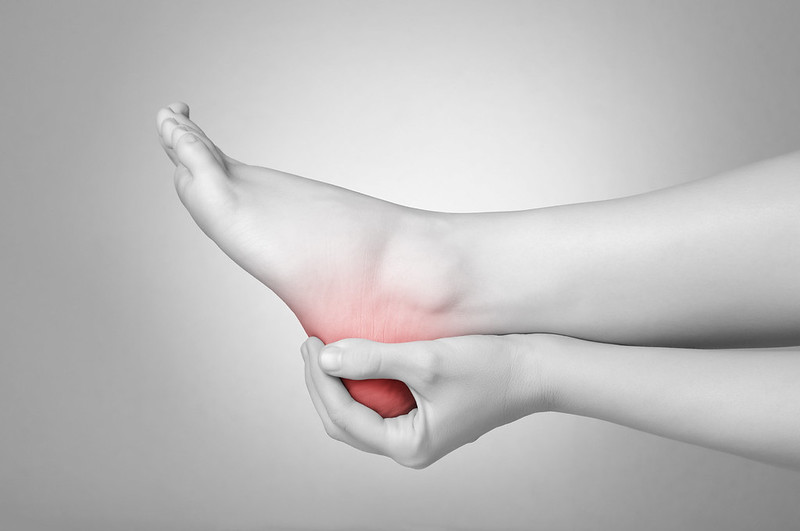Plantar Fasciitis and Other Causes of Heel Pain What is plantar fasciitis?
Plantar fasciitis is an inflammation of the fibrous tissue (plantar fascia) along the bottom of your foot that connects your heel bone to your toes.
Plantar fasciitis can cause enormous heel pain and the most common causes of heel pain.
Symptoms of plantar fasciitis:
Pain and swelling are the main indication of plantar fasciitis. Pain may be excruciating in the morning or when you put pressure on your heel. It may be dull or sharp, depending on the time of day and activity.
Causes of plantar fasciitis?
Soreness and pain in the fascia can be caused by:
- An increase in activity level (like starting a walking or running program)
- The anatomy and structure of the foot
- The surface on which you are standing, walking or running
- The type of shoes you are wearing
- The weight you carry
Diagnosis of plantar fasciitis:
Plantar fasciitis is one of many conditions causing heel pain. Some other possible causes include:
- Nerve compression in the foot or in the back
- fatigue fracture of the heelbone.
- Loss of the adipose tissue pad under the heel
Plantar fasciitis can be distinguished from these and other conditions based on medical history and examination by a Chiropractor.
Osteophytes or heel spur are often incorrectly considered to be the sole cause of heel pain. Although they are common, they are nothing more than the bone’s response to traction or pulling forces from the plantar fascia and other foot muscles
Treatment plantar fasciitis:
Consult with a Chiropractor to know the root cause of the pain and get treatments accordingly.
However, basic treatments that can be done at home depending on the cause of your pain includes:
- Icing the area.
- Night splints: Wear these to stretch your calf and foot while sleeping.
- Physical therapy: Certain exercises can stretch your fascia and strengthen your leg muscles, which will make your ankle and heel more stable.
- Supportive shoes or inserts: Shoes with thick soles and extra cushioning will make it less painful for you to stand or walk. Arch supports can distribute pressure more evenly across your feet.
References:
- American Academy of Family Physicians.
- American Academy of Orthopaedic Surgeons: “Plantar Fasciitis and Bone Spurs.” American Orthopaedic
- Foot & Ankle Society: “Plantar Fasciitis.”







